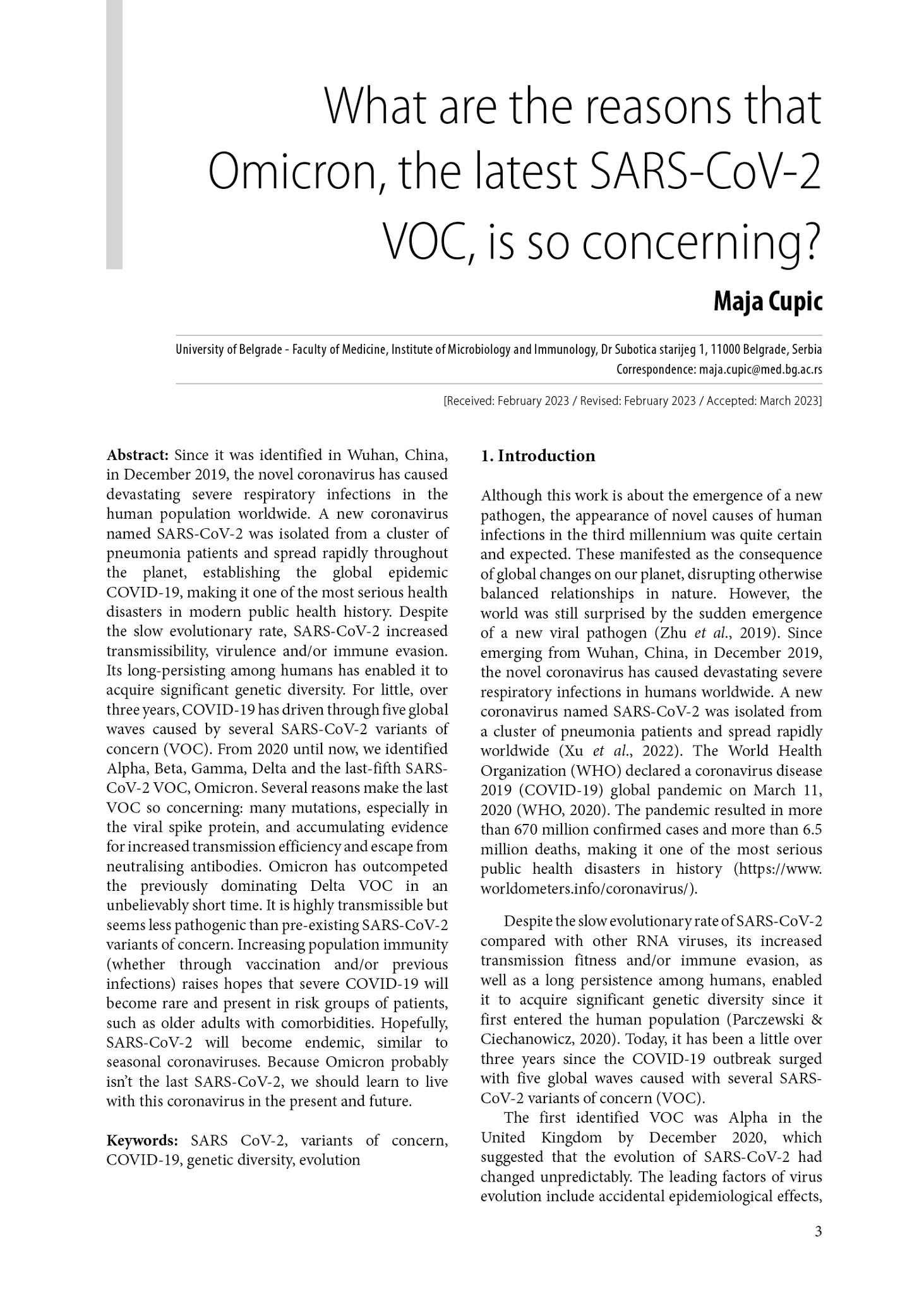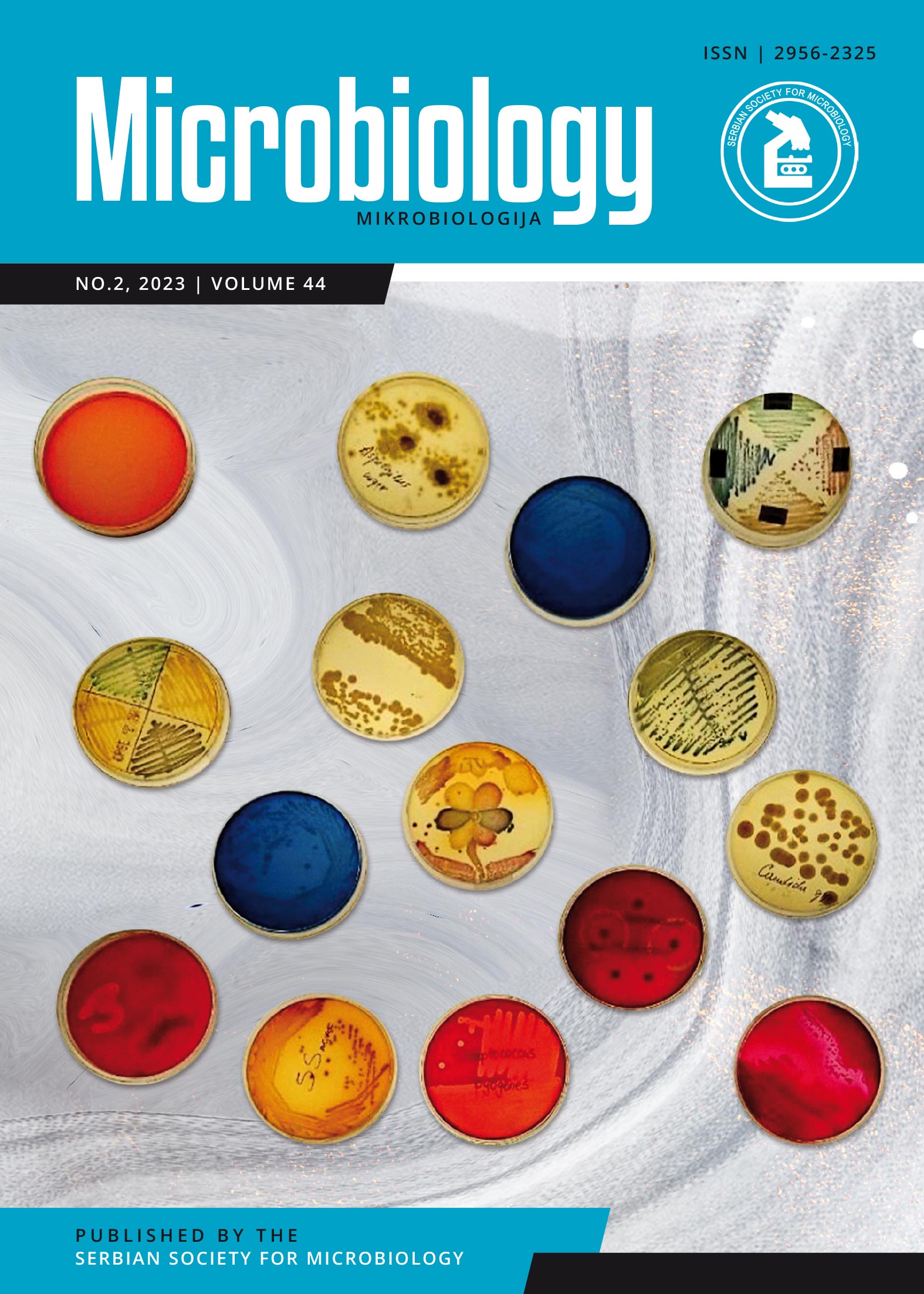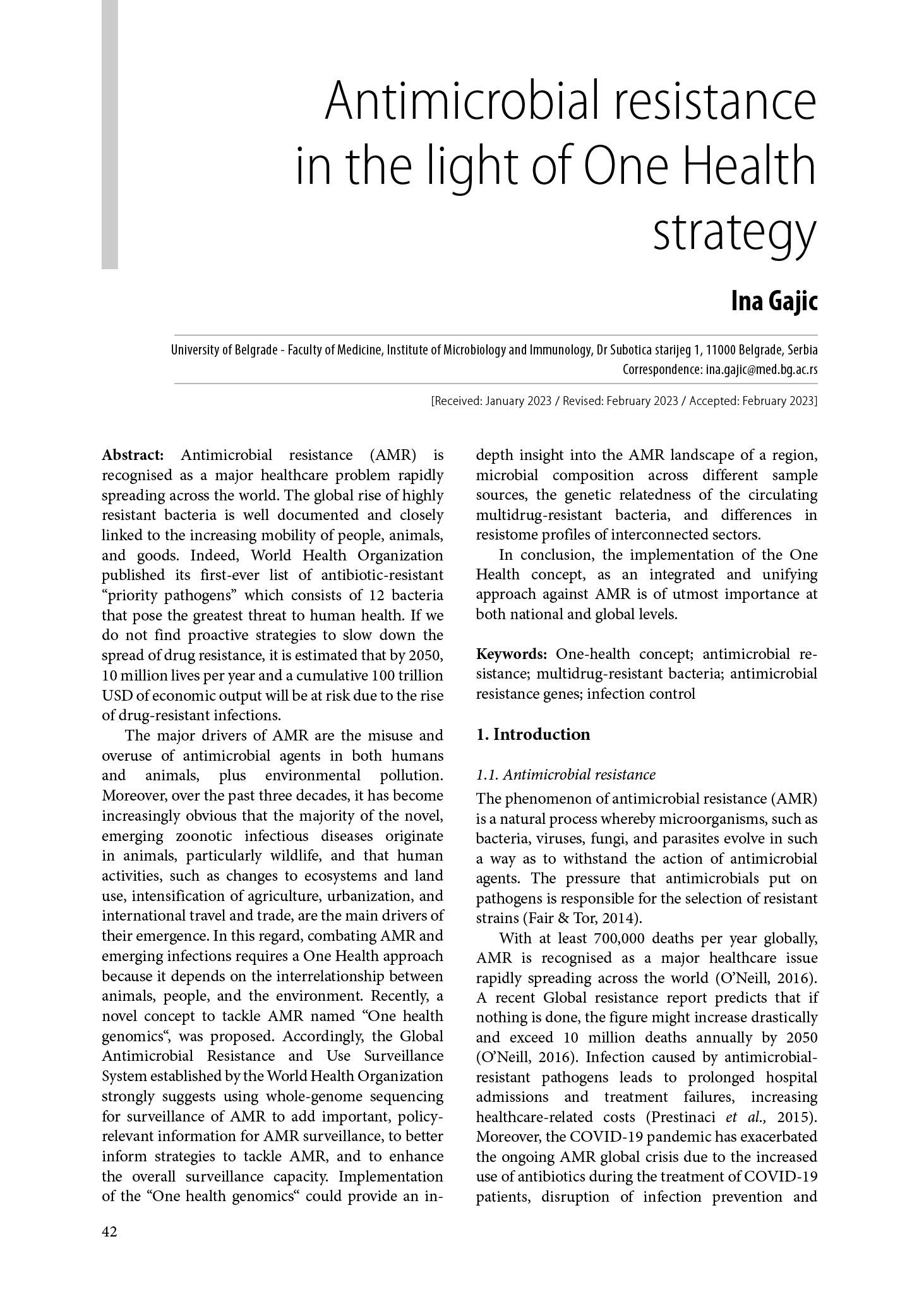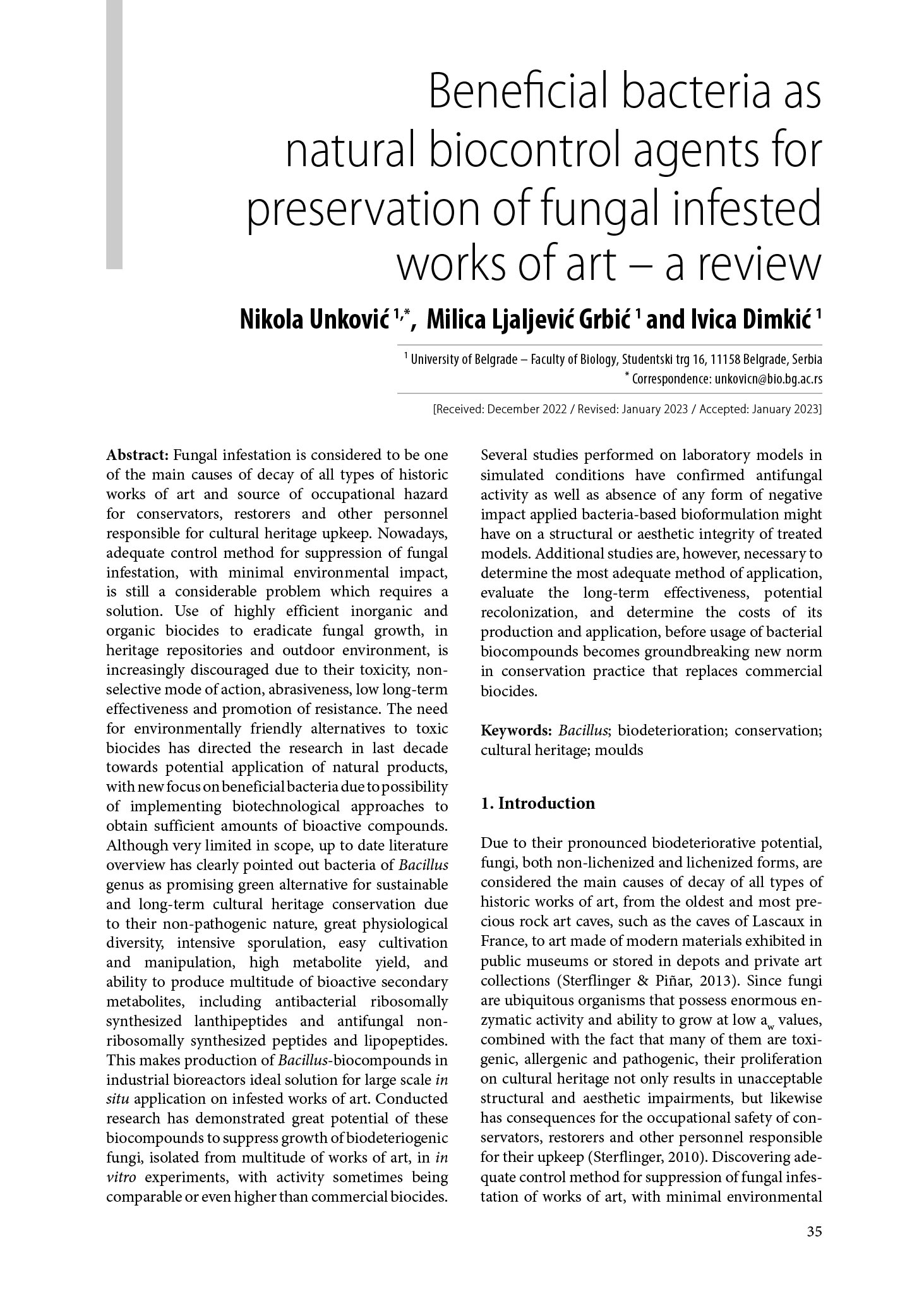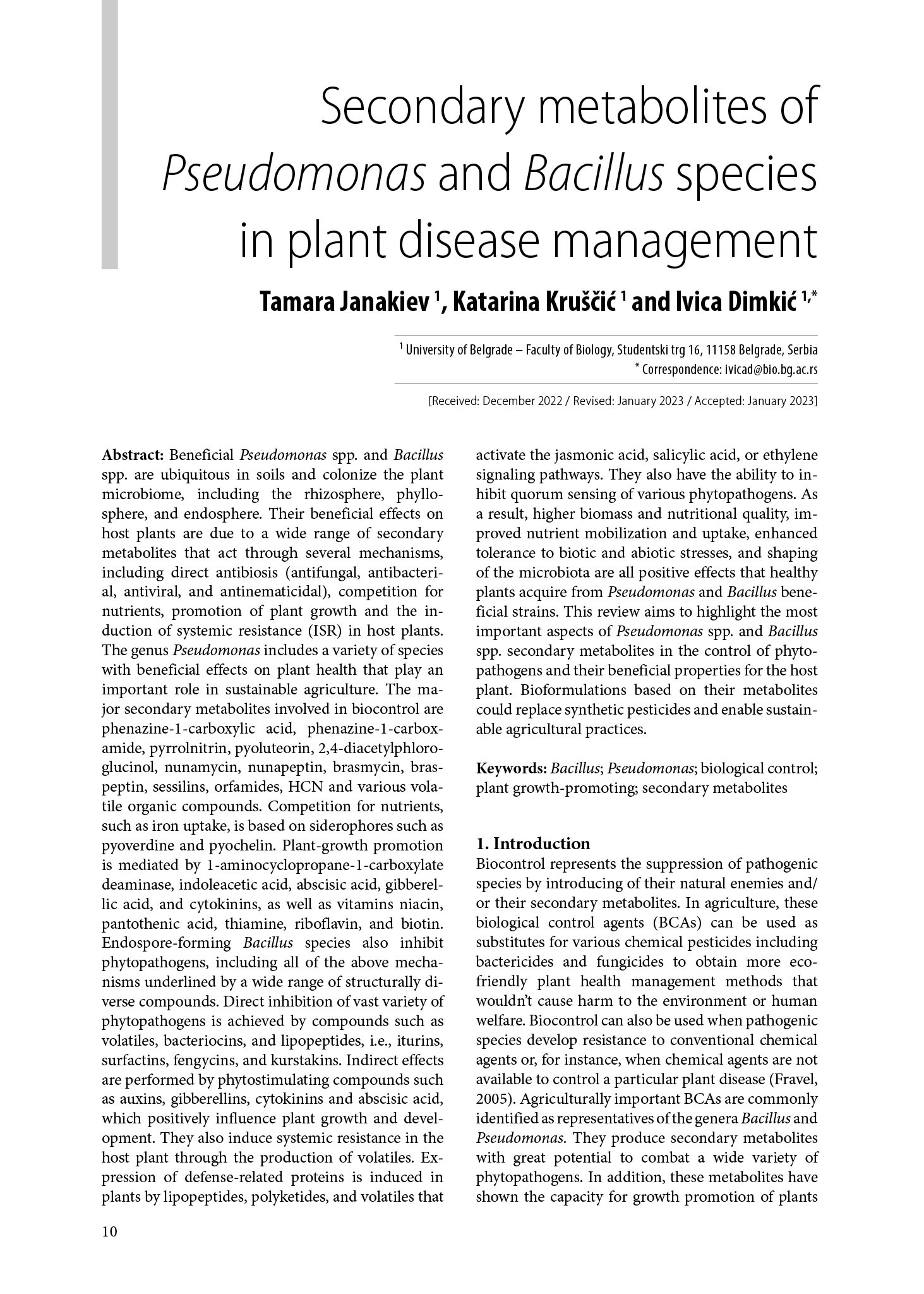Volume #44 – 2 – 1
Globalization has resulted in an increase in food demand, which requires advancements in farming techniques to meet the demands. Green revolution based agriculture has made our country self-sufficient in food production. However, the excessive use of agrochemicals has led to degradation of soil, water, environment and human health besides, reduction in biodiversity. This necessitates an alternative of agro-chemicals which are environmentally safe and free from pesticide residues. Under such situation, Natural Farming as promoted by Padam Shri Awardee, Sh. Subhash Palekar has been proving as a viable option to address current farmers’ distress, other soil and water issues to sustain farmer’s incomes. Natural farming has inbuilt mechanisms to regenerate soil, reduce water usage, use of local available natural resources and enhance crop diversity to maintain crop quality. Dr YS Parmar University of Horticulture and Forestry, Nauni, Solan, HP, India initiated natural farming based planned principles research to establish scientific logics. The farming claims to be environmental-friendly approach than conventional agriculture, capable of attaining sustainable development objectives by using on-farm resources and reduced tillage. Introducing natural production measures to produce chemical free soils towards implementation of more resilient cropping systems through reduction in greenhouse gas emission, restoration of soil fertility and enhanced carbon sequestration. It also holds promise in reducing serious agrarian crises raised due to increase in rural indebtedness as a result of chemical-based farming. This article proposes an ecosystem-mediated farming practices to maintain a balance between social, environmental and economic pillars of sustainability.

